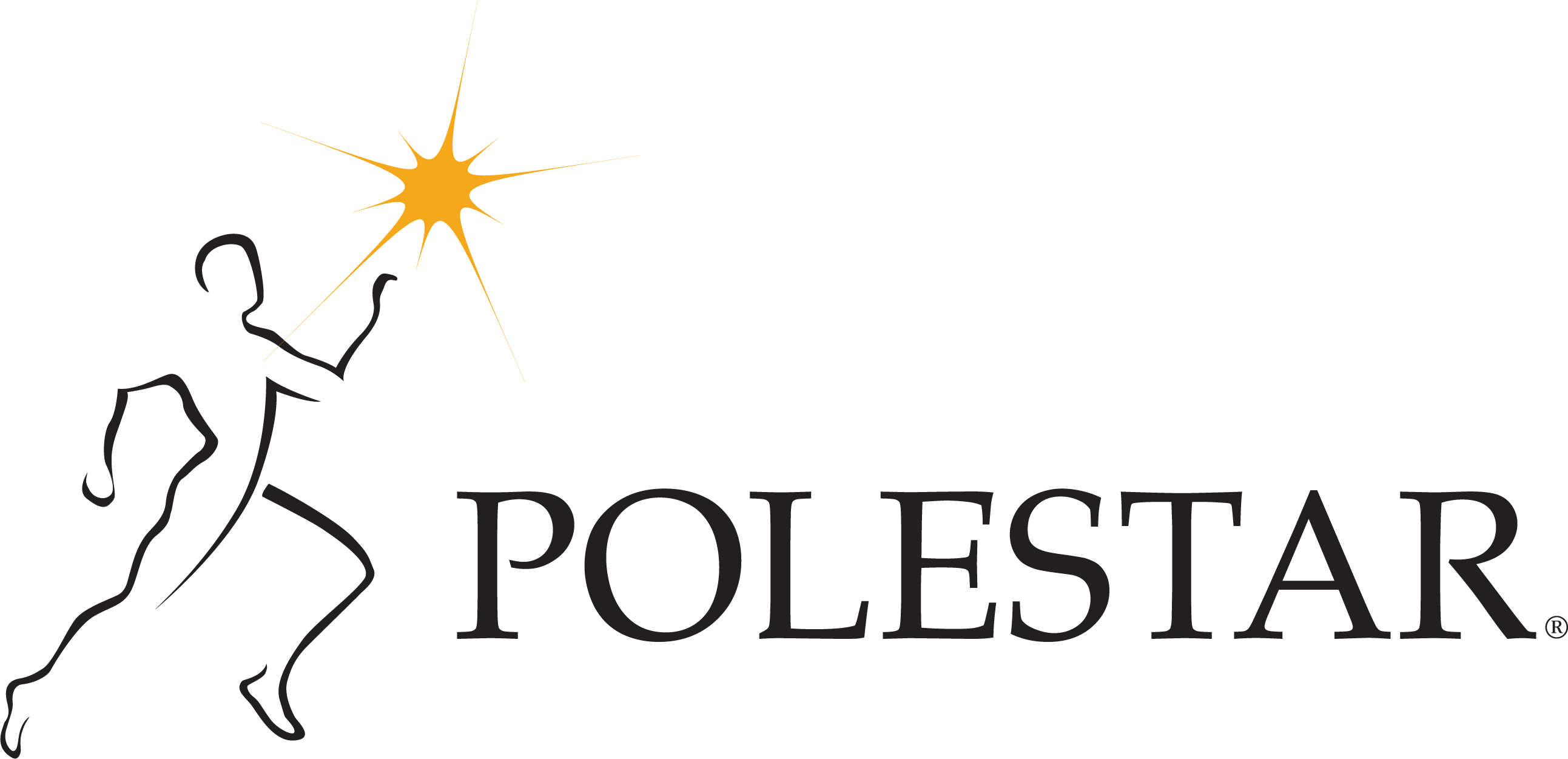By: Ana Bolt Turrall Trigger Warning: domestic abuse. I was once in love with a man who became my husband, the father of my three daughters, and ultimately, my abuser. The abuse started gradually—first verbal and emotional, then escalating to physical violence. Without realizing it, I lost control of my life. I made excuses for […]Read More
Polestar Life
Breast Cancer and Pilates Rehabilitation Choices
Extract from The Pilates Journal By Jennifer Guest To date in 2023, there have been 20,600 new cases of Breast Cancer recorded in Australia (20,395 females and 205 males). The average age of diagnosis is 62 years old, with one in eight being diagnosed before the age of 85 years old. The incidence of Breast […]Read More
How Pilates Transforms Dancers & Preserves Their Bodies
By: Ana Bolt Turrall Pilates has long been a transformative practice for dancers, and I can personally attest to its impact! This method offers a unique blend of strength, flexibility, body awareness, and an understanding of body mechanics that traditional dance training often lacks. Cross-training with Pilates not only enhances performance but also protects dancers […]Read More
Fitness Guidelines for Adults with Spinal Disorders
By: Lise Stolze Introduction The research community coined the term “Adult Spinal Deformity” (ASD) to represent specific abnormalities of the lumbar or thoracolumbar spine in adults. ASD includes scoliosis, a 3-dimensional spinal condition, and hyper-kyphosis, a sagittal plane spinal condition. In this discussion we will refer to ASD as Adult Spinal Disorder – a more sensitive characterization […]Read More
The Real Causes of Chronic Pain
By: Juan Nieto Much has changed in the paradigm of chronic pain in recent years. It seems that the message that “pain does not always mean that there is damaged tissue” is finally beginning to permeate and it no longer seems crazy to talk about contextual, environmental, psychological and social factors as the greatest predictors […]Read More
Unlocking Neuroplasticity Through Pilates
By: Kate Strozak Pilates instructors hold a unique position to positively impact clients not just through their bones, muscles, and fascia but also neurologically. This blog post dives into neuroplasticity, the brain’s remarkable ability to adapt and form new neural connections. Understanding neuroplasticity and how Pilates fosters it can elevate your practice, helping clients achieve […]Read More







